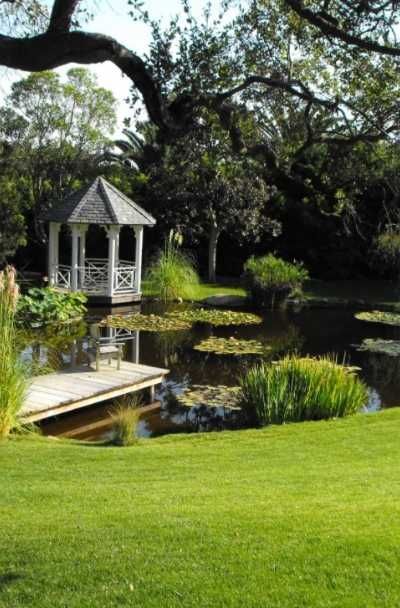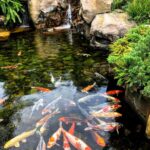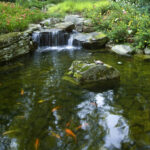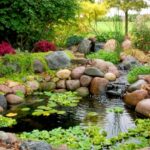When it comes to designing a pond, there are many factors to consider in order to create a visually appealing and functional water feature. One of the most important aspects of pond design is the size and shape of the pond. The size of the pond will depend on the available space in your garden or landscape, as well as the desired purpose of the pond.
In terms of shape, ponds can come in a variety of forms, such as circular, square, rectangular, or even irregular shapes. The shape of the pond should complement the overall design of your garden or landscape, and can be used to create a focal point or to enhance the flow of the space. Additionally, the depth of the pond should be considered when designing a pond, as different plants and aquatic life require certain depths to thrive.
Another important aspect of pond design is the placement of rocks, stones, and other materials around the pond. Rocks can be used to create a natural border for the pond, as well as to provide shelter for aquatic life. Stones can be placed strategically around the pond to create a visually appealing border or to create seating areas for relaxation. These materials can also be used to create waterfalls or cascades, adding movement and sound to the pond.
Plant selection is also a crucial part of pond design, as plants not only enhance the visual appeal of the pond but also play a vital role in maintaining the health of the ecosystem. Water lilies, lotus, and other aquatic plants can be planted in and around the pond to provide shade, oxygenate the water, and create habitat for fish and other wildlife. Additionally, floating plants like water lettuce and water hyacinth can help control algae and add texture to the pond.
In terms of maintenance, it is important to consider the filtration system and circulation of water in the pond. A well-designed filtration system will help keep the water clear and clean, while a circulation system will help oxygenate the water and prevent stagnation. It is recommended to consult with a professional pond designer or landscaper to determine the best filtration and circulation system for your specific pond design.
Finally, lighting is an important aspect of pond design that is often overlooked. Lighting can highlight the pond at night, creating a magical ambiance and extending the enjoyment of the pond into the evening hours. Underwater lighting can also be used to illuminate the aquatic life in the pond, creating a stunning visual display. Overall, pond design requires careful consideration of size, shape, materials, plants, maintenance, and lighting to create a beautiful and functional water feature that enhances your garden or landscape.
















